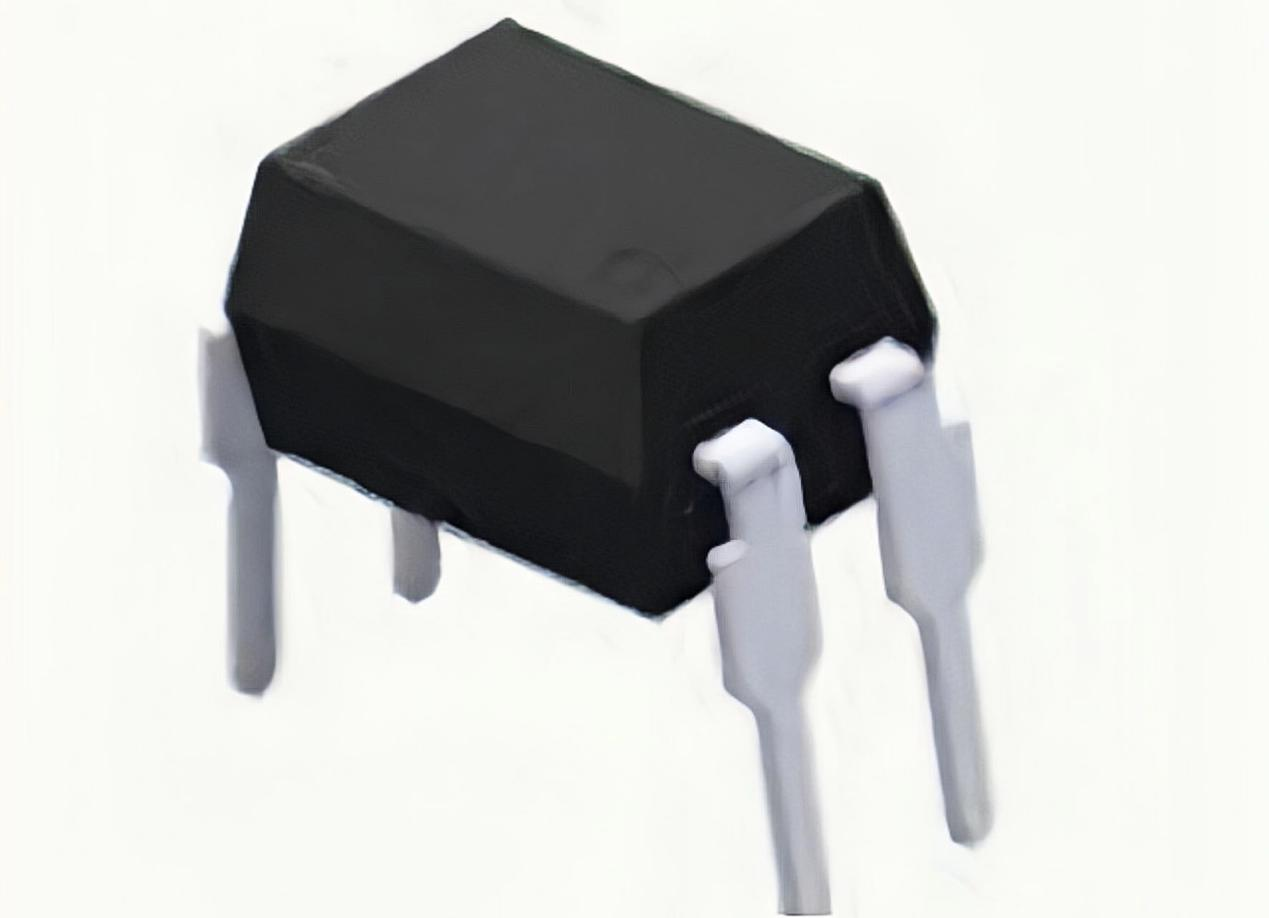

2022-08-01
The optocoupler, also known as an optoelectronic isolator or optocoupler, is a semiconductor device allowing two isolated circuits to transmit an electrical signal. Featured with circuit isolation, signal transmission, and circuit control, it applies to intelligent appliances, industrial manufacturing, digital communication, aerospace, transportation, and power supply. Apart from this basic information, the optocoupler circuit still has much more for people to know. The article will introduce optocoupler circuits in different aspects, including their types, structure, and features, helping people better understand the optocoupler.

4 Common Types of Optocouplers
The optocoupler circuit is mostly categorized into four types based on the different photosensitive devices: Photo-Transistor, Photo-Darlington, Photo-SCR, and Photo-Triac. Due to their different features, they are applied to different optocoupler application scenarios.
1. Photo-Transistor
The Photo-Transistor optocoupler uses an IR LED as a light source and a photo-transistor as a light sensor or light receiver. Because of its widespread current transfer ratio, it is preferable to DC circuits.
2. Photo-Darlington
There are two transistors available in Photo-darlington. Similar to the Photo-Transistor optocoupler, Photo-Darlington also can be applied to DC circuits, with its current output reaching up to 600% of the input current.
3. Photo-SCR
There is SCR (Silicon Controlled Rectifier) used as the detector in the Photo-SCR optocoupler. When the light falls upon the gate of SCR, it will turn on. However, the switching speed of Photo-SCR is slow or medium, making it more suitable for moderately high voltage AC systems.
4. Photo-Triac
Photo-Triac, the solid-state AC switch, consists of an LED and two thyristors. Compared with Photo-SCR Optocoupler, which only allows current flow in one direction, Photo-Triac allows flow in both directions. As to its application, it is mostly used to control higher voltage AC circuits.
Structure of Optocoupler Circuits
An optocoupler generally comprises two parts: an LED and a photosensitive device. Specifically, the optocoupler circuit consists of 7 components: transmitter, receiver, lead frame, bonding wire, IR protective glue, packaging white glue, and packaging black glue. Here is its structure.
Features of Optocoupler Circuits
1. Small Size
This feature enables optocoupler circuits to adapt to more integrated circuits. For example, our 817 optocouplers are tiny, with their size reaching 6.4×4.6×3.50, making them widely used for various applications.
2. Quick Response
The response of optocouplers can achieve in milliseconds or even microseconds at the maximum level. Our optocoupler circuits can achieve such fast speed, improving working efficiency.
3. High Resistance to Shock
The isolation voltage refers to the maximum voltage that can be applied across the optocoupler circuit while ensuring electrical isolation. The higher it is, the better resistance to shock it brings. Generally, the isolation voltage exceeds 1kV, but our 817 optocouplers can even reach 5kv, showing high resistance to shock.
4. Good Anti-interference Ability
This can be achieved with good insulation ability existing between output and input. Our optocouplers can ensure high resistance to shock and anti-interfere ability.
The Most Acclaimed Optocoupler for Reference
Worth mentioning is that our 817 optocoupler has other shiny features that make it the highly acclaimed optocoupler circuit apart from having the characteristics mentioned above.
1) Proper CTR (Current Transfer Ratio) Design
In terms of the design of optocouplers, attention must be paid to CTR when designing. Otherwise, the output may be so small that optocouplers may occur malfunction. Adhering to this principle, we have developed our 817 optocouplers with the CTR at a minimum of 50%, with IF of 5mA and VCE of 5V, ensuring the safety and performance of optocouplers.
2) Compliance with Standards
Our products are up to the notch, including our 817 optocoupler products. Up to now, it has passed several standards. For example, it has endured the UL test, meaning that our optocoupler circuit products are constructed correctly for the highest safety.
3) Wide Range of Application Scenarios
Our 817 optocouplers are applicable to home appliances, vending machines, chargers, power adapters, light control, smart meter, etc., satisfying different needs for different industries.
Conclusion
A good-quality optocoupler circuit can not make it maximize its effects without a reliable supplier. With so many suppliers on the market, Refond is one of them enjoying a good reputation from clients. Based on years of experience in offering LED packaging solutions and products, we are able to help customers in all industries to meet their needs.